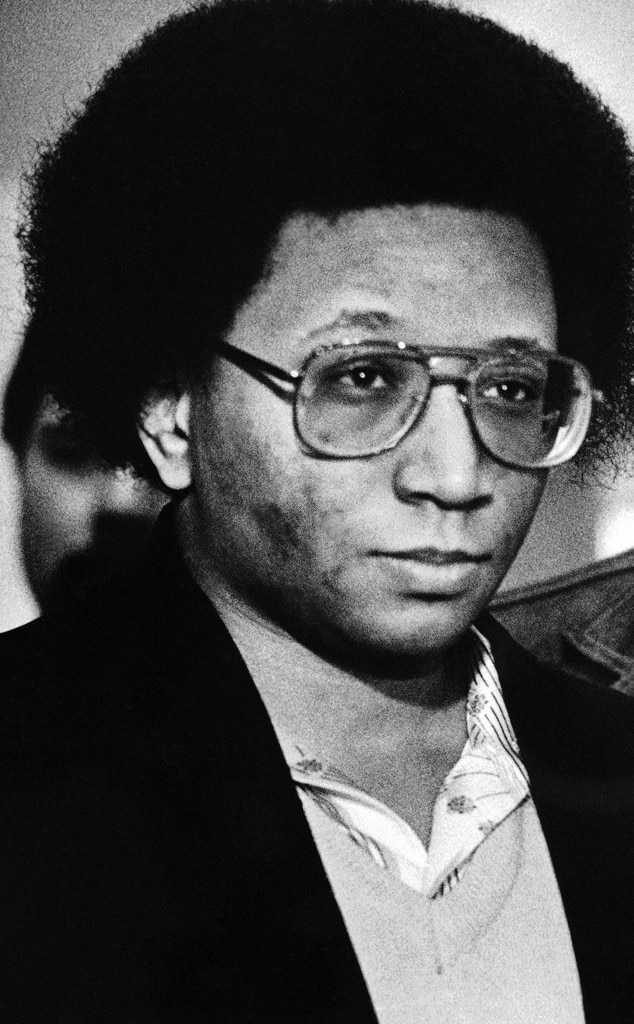

#SERIAL KILLERS PHOTO COLLECTION TV#
Today, the most well-known examples of the profiler figure can be found in TV shows such as Criminal Minds, but in the 1980s, Thomas Harris was largely responsible for popularizing the iconic mind hunter.
#SERIAL KILLERS PHOTO COLLECTION SERIAL#
Alongside the iconic figure of the serial killer emerged the equally influential figure of the FBI profiler or”‘mind hunter,” uniquely equipped to deal with the threat posed by these vicious and mysterious criminals. From the beginning of the serial murder panic of the 1980s, law enforcement in general and the FBI in particular were presented as being in control of the problem. According to the FBI, at any given moment there were dozens of active serial killers at large in the United States who were responsible for thousands of deaths a year.īut another reason why serial killers such as Bundy, Jeffrey Dahmer, John Wayne Gacy and Aileen Wuornos inspired fascination rather than simply fear and disgust is because of the frame within which they were presented to the public.

This would all change in October 1983, when the Justice Department held a news conference to discuss research that the FBI had been conducting into serial murder for several years. Why? Partly because the American public lacked an adequate framework with which to make sense of such crimes but thanks to the FBI, such a framework would emerge in the 1980s and that’s when the American fascination with serial killers exploded.Īlthough the term “serial murder” had been around since the 1960s, it was not used with any regularity until the FBI took it up in the 1970s, and even then the term was used primarily in law enforcement circles rather than in the mass media. Even so, the dominant reaction to such crimes among members of the American public continued to be horror and incomprehension, rather than fascination. Gein provided the inspiration for Robert Bloch’s famous novel Psycho and Alfred Hitchcock’s influential film adaptation of Bloch’s novel, which both contributed to making serial murder a staple of American popular culture by the 1960s.

The fact that Hearst newspapers paid Holmes $10,000, an extraordinary sum at the time, for his confession testifies to the immense public interest in the case.Ī number of other high profile American serial murder cases followed in the first half of the 20th century, including the terrible crimes perpetrated by Wisconsin serial killer Ed Gein in the 1950s. Holmes, who had murdered an unknown number of people in a “Murder Castle” that he had built in Chicago, came to light in 1894, it seemed that America had its very own version of Jack the Ripper. Interest in the murders was intense, and there was even speculation in both newspapers and popular cultural genres such as dime novels and crime fiction that the Ripper could be American. How did this extraordinary situation come to pass? As with the history of serial murder as a whole, American engagement with the subject was in many ways inaugurated by the Jack the Ripper murders that took place in the Whitechapel district of London, England in 1888. Without wanting to minimize the difference between celebrating fictional and real-life serial killers, the impact of Silence demonstrates vividly the American obsession with serial murder, which by the 1990s had developed to a point where the serial killer had become a dominant presence in our popular culture, a figure that inspired not only fear and disgust, but also a mixture of fascination and even a twisted kind of identification.


 0 kommentar(er)
0 kommentar(er)
